Hedgehog mushrooms are one of the safest edible wild mushrooms because they have few lookalikes, and none are dangerous. They’re also super yummy, which is a nice bonus! There are quite a few hedgehog mushroom species in North America, and all of them are edible. However, some taste better than others, and you do have to watch out for bitter ones. They won’t hurt you, but they will ruin a dish in a flash!
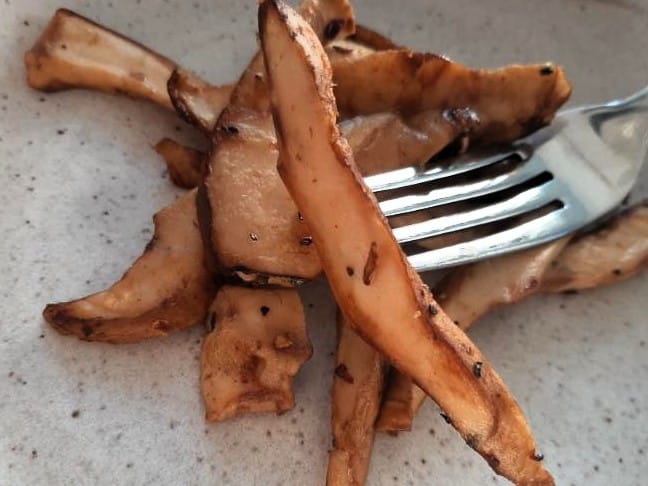
The flavors vary a bit within the species. But most are a mix of nutty and sweet flavors, with hints of peppery watercress and oysters. Hedgehog mushrooms grow in patches – sometimes you’ll luck upon a huge patch and have plenty of mushrooms to experiment with in the kitchen. These are dense, meaty mushrooms that retain their shape well during cooking and can be used in many recipes.
Hedgehog mushrooms are also called “sweet tooth,” “wood hedgehogs,” or simply “tooth fungi.” There is another type of mushroom that shares the name hedgehog. Lion’s Mane (Hericium sp.) is also known as a hedgehog because it has spines. However, it looks very different from the Hydnum hedgehog mushrooms. This is cooking guide is for the Hydnum species, not the Hericium species. If you’re looking for cooking guidance for Lion’s Mane, go to this article: How to Prepare Lion’s Mane Mushrooms: Cleaning, Prepping, and Cooking
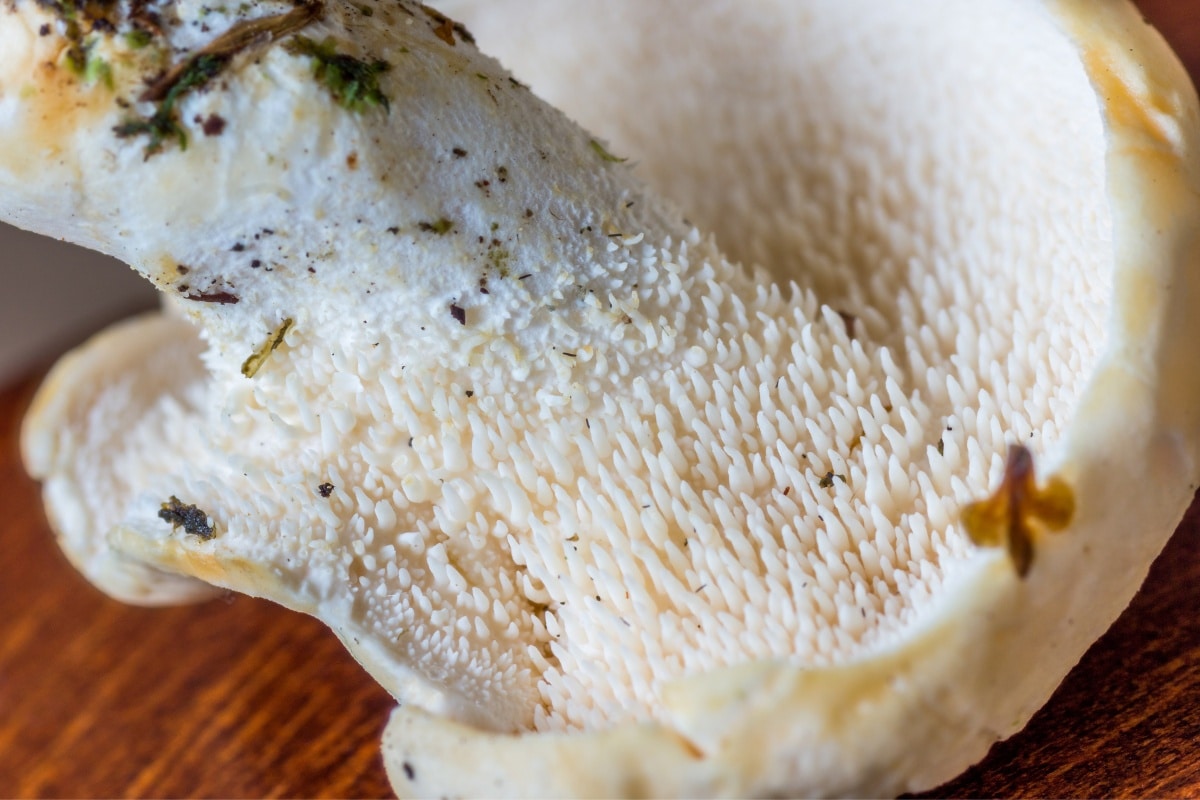
Jump to:
- What Are Hedgehog Mushrooms
- Where to Get Hedgehog Mushrooms
- Top Edible Hedgehog Mushroom Species in North America (And How to Decide Which Ones To Eat)
- How To Choose Hedgehog Mushrooms
- How To Store Hedgehog Mushrooms
- How To Clean Hedgehog Mushrooms
- Cooking Methods For Hedgehog Mushrooms
- Common Questions About Preparing Hedgehog Mushrooms
What Are Hedgehog Mushrooms
Hedgehog mushrooms (Hydnum species) belong to the tooth fungi family. They are significantly different under their caps than the typical gilled mushrooms. Beneath the caps are small, delicate teeth or spines that hang down. They look like miniature icicles.
Hedgehog mushroom caps measure between 4 to 20 inches in diameter, depending a lot on the species. They range in color from salmon pink to cream, to light yellow, and to light orange/tan. The mushroom has white flesh that breaks easily and does not change color when cut or handled.
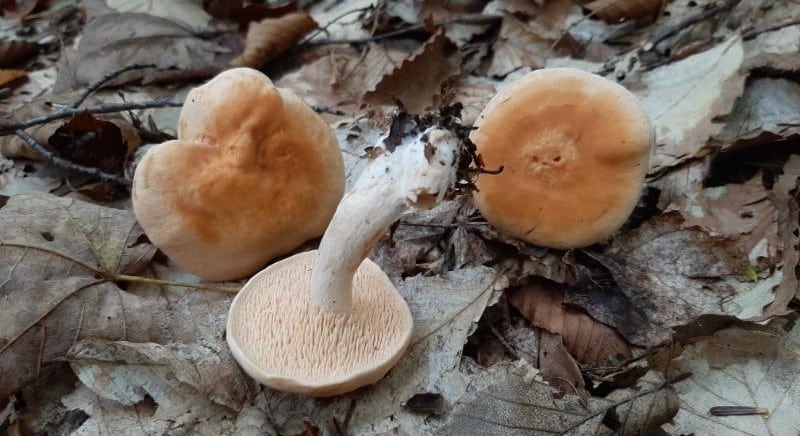
These mushrooms grow in mixed woodlands, usually with beech, birch, Scots pine, or spruce trees nearby. However, their location really depends on which side of the continent they’re on. Hedgehogs fruit in different habitats on the east and west coasts. East coast hedgehogs primarily grow in mixed forests, especially those with a high concentration of conifer trees. In contrast, west coast hedgehogs usually grow only with conifers.
They grow on the ground, never from wood or trees, and can look quite dull from above. Their tannish or cream-colored caps don’t stand out; in fact, nothing about them really does until you turn them over and see the teeth. Many people walk right by hedgehogs without noticing because they tend to blend in with the forest debris. If you want to forage hedgehog mushrooms, don’t pass by any boring-looking mushrooms on the ground – it’s always worth it to look under the cap!
To learn more about identifying hedgehog mushrooms, consult our guide Hedgehog Mushroom Identification.
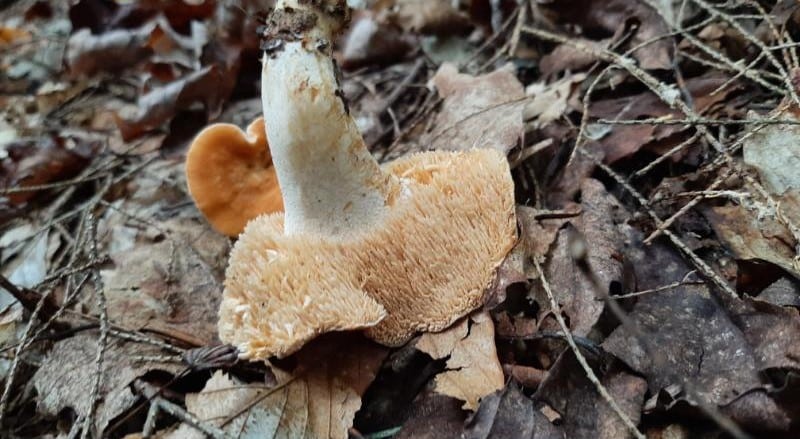
Where to Get Hedgehog Mushrooms
Hedgehog mushrooms cannot be cultivated due to their intricate and complicated symbiotic relationships with trees. This means that the only way to get them is to forage for them or purchase them at a specialty market or farmers market from a seasoned forager.
The lack of cultivation makes them an even extra special treat, and a seasonal one. If you see these at a specialty market, we highly recommend giving them a try. They are only in season for a limited time.
The season varies by region. In the western United States, they fruit from October to February. On the East Coast, these mushrooms appear from mid-summer to late fall and are found anywhere from July to November.
People who prefer not to forage can find these mushrooms at specialty grocery stores and farmers’ markets. Buyers should look for firm specimens with intact teeth because their delicate nature makes them prone to breaking. These mushrooms can stay fresh in the refrigerator up to two weeks after purchase.
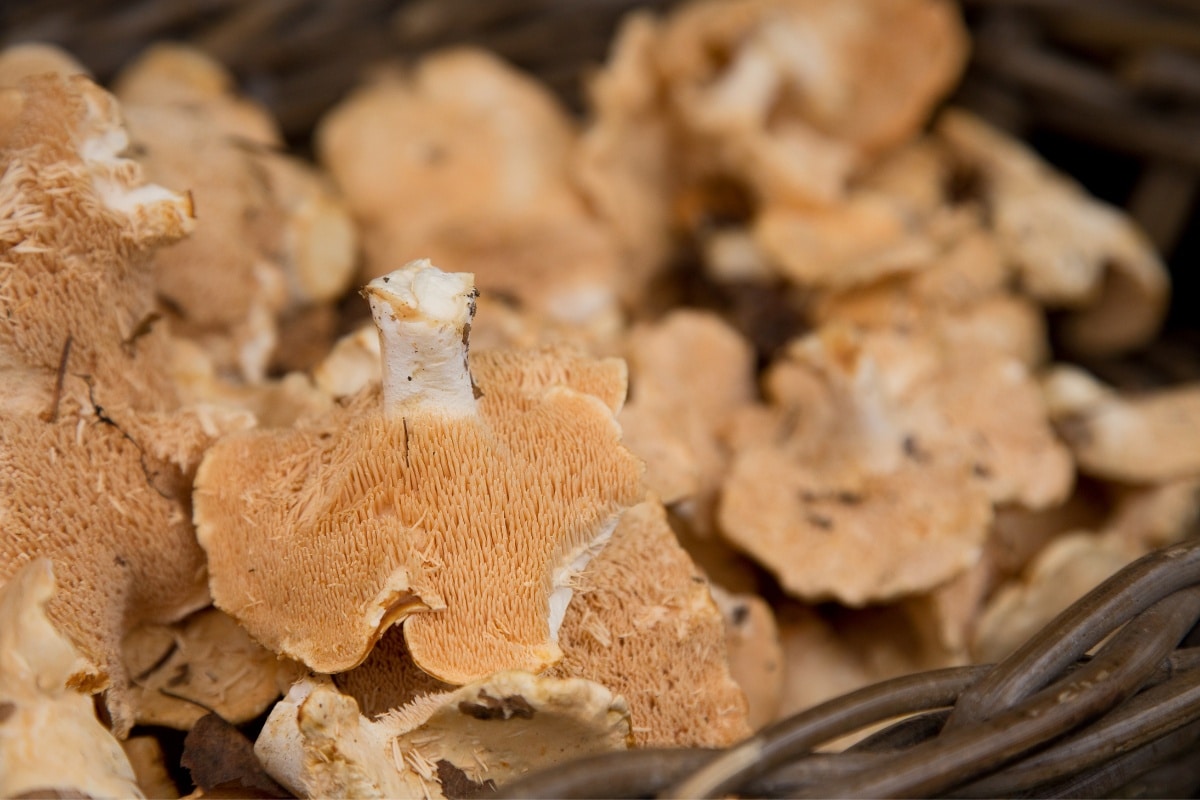
Top Edible Hedgehog Mushroom Species in North America (And How to Decide Which Ones To Eat)
In North America, there are quite a few hedgehog mushroom species. They vary a bit in size and coloring, but they all have the distinctive teeth underneath the cap. They all grow from the ground, never from wood, and appear in scattered to dense groupings.
There are about 12 types of hedgehogs on the East Coast, 5 on the West Coast, and 2 that are found all over the country. You might find 5-10 types in your forests, depending on where you live. Each type may prefer different places to live and emerge at different times. If you want to eat hedgehog mushrooms, it’s helpful to learn about their seasonal availability, where they grow, and how to identify them, so you know what to look for and when.
For more detailed information about the species and how to find them, please check out our guide: Hedgehog Mushrooms: Identification, Foraging, and Cooking
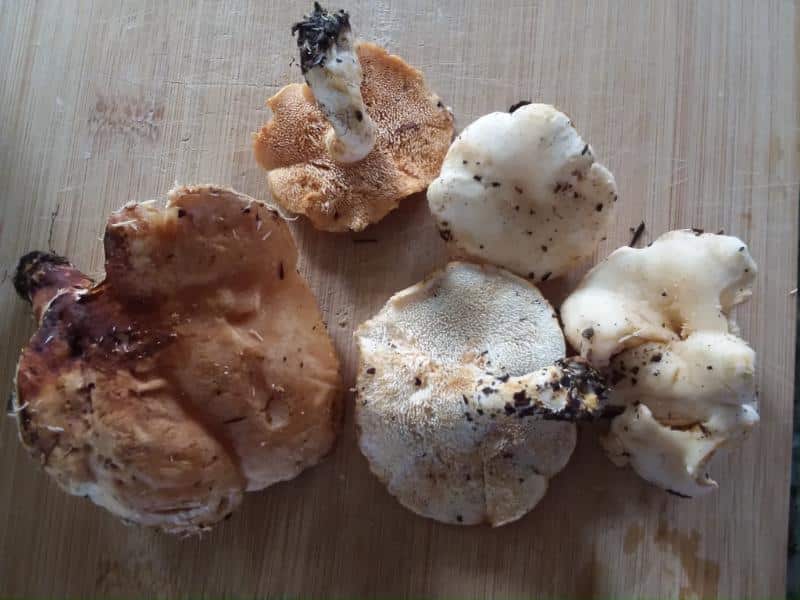
Previously, hedgehog mushrooms in North America were called Hydnum repandum or Hydnum rufescens. However, recent studies indicate that these two types are predominantly found only in Europe. You will still see these names often used in mushroom foraging and field guides for North America. Newer guidebooks should show the new North American names.
Since no hedgehog mushroom species are toxic, the best way to determine if one is good to eat is to do a nibble and spit taste test. The main problem is bitterness, and if you find a bitter one, you’ll know. We also recommend doing a small nibble and spit taste on every single specimen you harvest. In a grouping, some normally good-tasting ones might be old and turning bitter. We can tell you from experience that a single bitter one can ruin everything.
Profiles of some of the edible hedgehog mushrooms in North America
Hydnum albidum
The white hedgehog has caps that are ½ to 2 inches wide. They start bright white and turn creamy or peachy as they age. The taste is mild and pleasant, with a slightly spicy flavor. White hedgehogs grow in mixed woods across North America from June to September.
Hydnum aerostatisporum
This is a commonly encountered species in eastern North America. The cap is 1-4 inches wide and ranges from brownish orange to orange. This mushroom has a mild scent and taste. It can be found among hardwoods or in mixed forests from June through October.
Giant hedgehog (Hydnum albomagnum)
This hedgehog grows to impressive sizes, and individual specimens can weigh almost a pound. It starts out creamy white, then turns light tan. It has a mild fruity odor. These hedgehogs grow in the eastern United States in mixed woods forests from September through December.
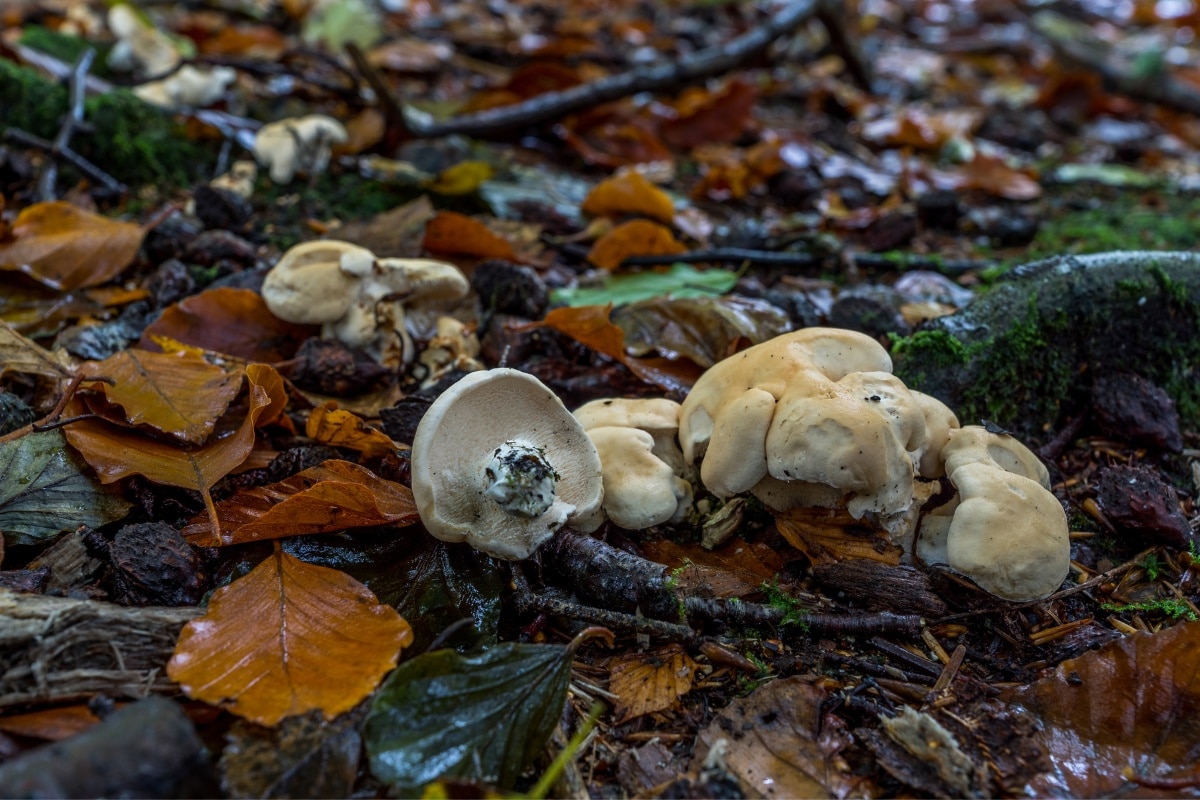
Hydnum umbilicatum
This creamy, orange to brown hedgehog mushroom typically grows in areas with coniferous trees or mixed forests. You can find it in the eastern United States. The caps are 1 to 2 inches wide, round but not perfectly circular, and often have a small depression in the center, resembling a belly button. It has a mild scent and a mild, nutty flavor.
Hydnum ferruginescens
This is a small, rust-colored hedgehog mushroom that grows in the southeastern United States. The cap grows up to 2.5 inches wide and becomes depressed in the center. It doesn’t have a strong scent and tastes mildly fruity. This mushroom grows among mixed forests in September.
Hydnum subtilior
The cap of this hedgehog mushroom is round and can be light cream, yellow, or creamy orange. It usually measures between 1 to 4 inches wide, and the stem is longer than the cap. This mushroom has a mild, sweet smell and taste. It grows in hardwood or mixed forests in the southeastern United States and Mexico from June to August.
Hydnum neorepandum
This is a West Coast hedgehog species that resembles the common European hedgehog. It has an orange-pink or cream-colored cap that is 1.5 to 4.5 inches wide. This species grows in association with conifers, typically around spruce, and has a mild, fruity flavor.
Hydnum subolympicum
This hedgehog has a round cap that is 3-5 inches wide. When it is young, it is dull orange. As it ages, it changes to a creamy white or peachy orange. It smells fruity, like apricots, but its taste can be bitter or peppery. You can find this hedgehog in eastern North America in hardwood or mixed forests from August to October.
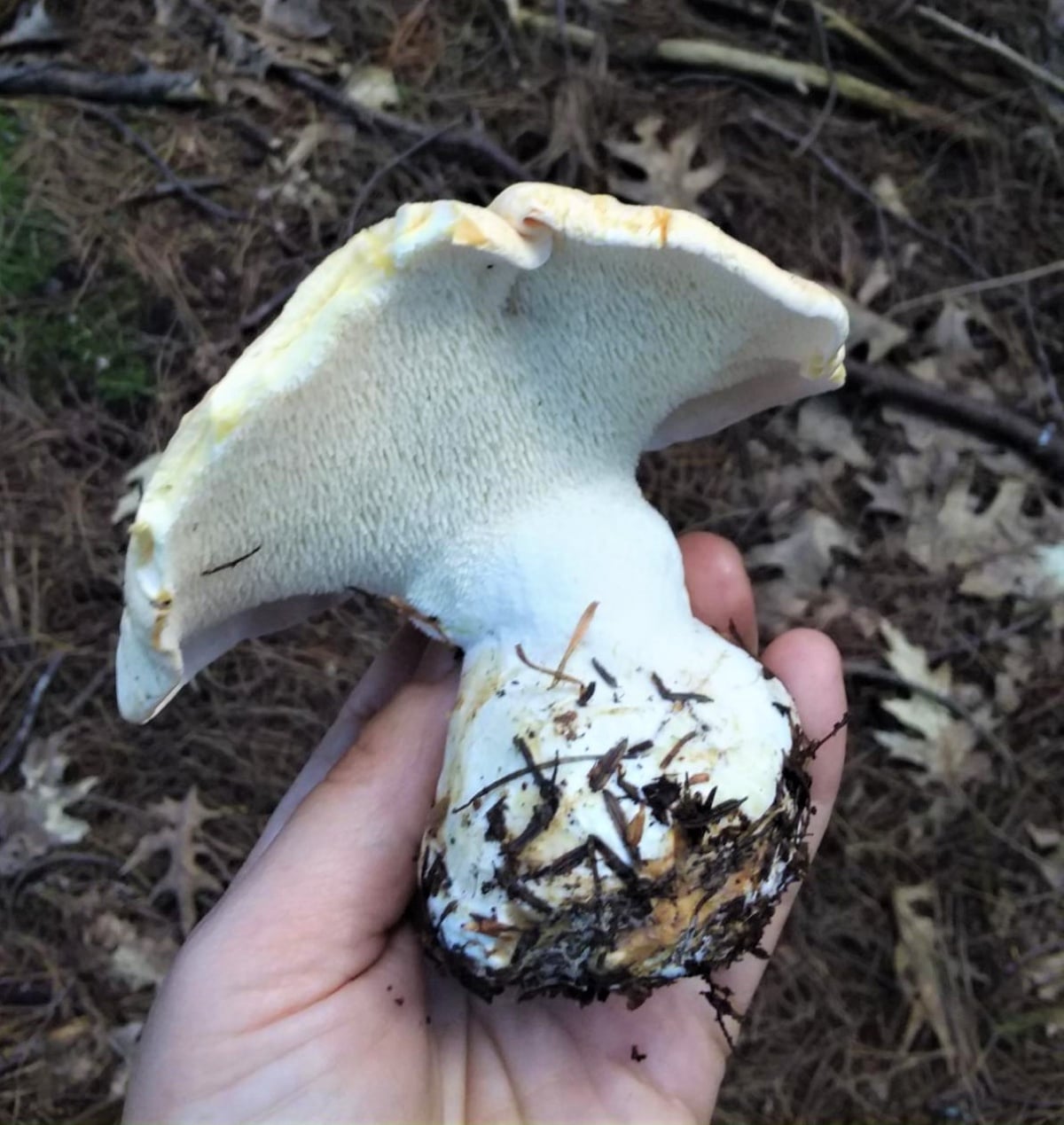
How To Choose Hedgehog Mushrooms
Whether you’re foraging in the woods or at the local farmer’s market, it’s important to check each mushroom to make sure it’s still fresh and good. Hedgehog mushrooms hold up pretty well and don’t tend to deteriorate too quickly, which is nice. But, you do have to look for soft spots and excessive bug damage. Also, look out for signs of spoilage, such as dark spots, sliminess, or unusual odors.
If you’re foraging, keep in mind that although hedgehog mushrooms are dense, they are also surprisingly brittle. The stems and caps break easily, and if you’re not careful, you’ll be going home with the mushrooms in bits and pieces. Collect them in a bag or basket on their own, if at all possible, and do not stack heavier mushrooms on top of them.
In the field, brush off as much dirt as you can before adding them to your basket to minimize cleaning later. Cut off the stem bottoms where there is often dirt collected. This will also reduce cleaning later on since that stem dirt won’t get passed on to all the other mushrooms.
What To Look For:
- A firm, dense structure
- Minimal blemishes or dark spots
- Clean, white flesh (cut the mushroom in half to check)
- No soft or mushy flesh
- Mild to sweet smell
- Minimal to no bug tunnels or extensive larval damage
- No bitterness (taste test every single one to be sure)
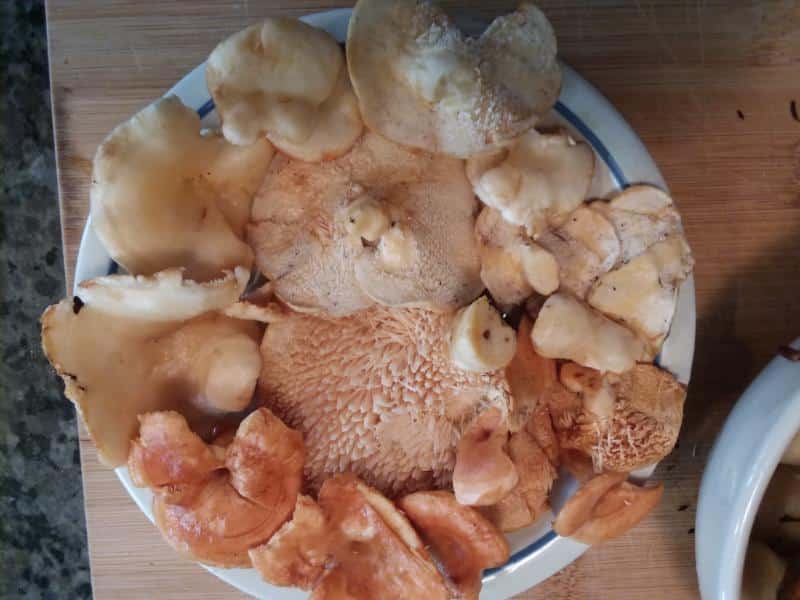
How To Store Hedgehog Mushrooms
Fresh Storage
Do not wash the mushrooms before storing. Storing wet or soggy mushrooms in the refrigerator will accelerate their decomposition, and they won’t last as long. Store them in a paper bag, as it allows air to flow while maintaining stable humidity. Do not put your mushrooms in plastic, as this causes moisture to accumulate and will also cause them to spoil more quickly. Put the bag in your refrigerator’s vegetable crisper drawer.
Hedgehog mushrooms stay fresh for much longer than other mushrooms, as long as they’re stored properly. They can last 1-2 weeks in the fridge, but it’s always best to use them as soon as possible when they’re at their freshest. The flavor might deteriorate with long storage, and they will dry out and not be quite as good when prepared.
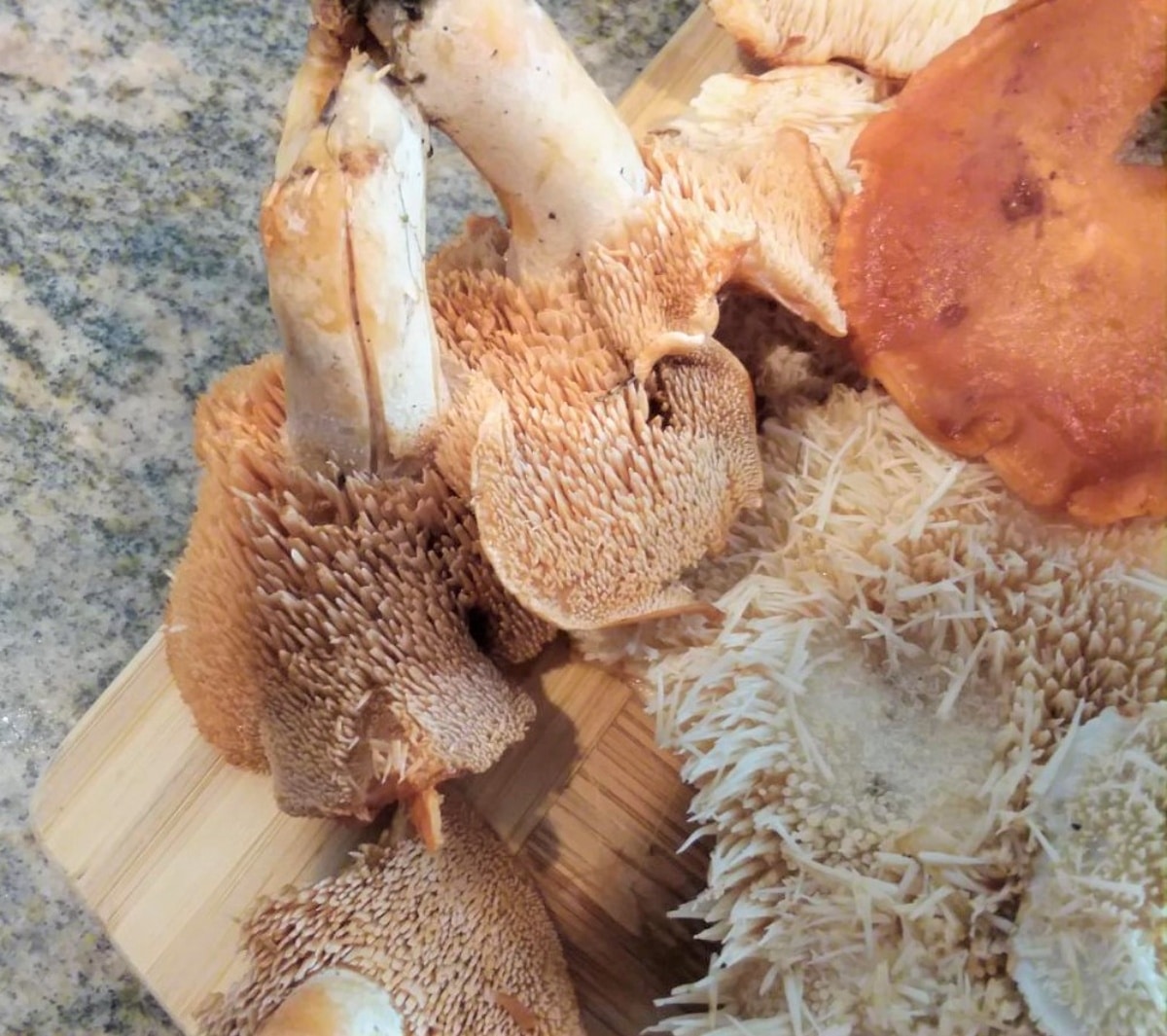
Preserving
There are a few good methods for long-term storage of hedgehog mushrooms. The best one is the one that works best for you.
Freezing
Freezing works especially well because these mushrooms freeze and thaw beautifully. You don’t have to cook them first, but we recommend it. The texture stays better if the hedgehogs are cooked and then frozen. You can simmer them for 10 minutes or use them in a recipe and freeze the entire dish.
To freeze raw mushrooms, slice them into small pieces, spread them on a sheet tray, and freeze for one hour. Then, move the frozen pieces to freezer bags; they’ll last up to six months this way.
Dehydrating
Dehydration is possible, but not ideal unless you plan to make mushroom powder. Hedgehog mushrooms become fragile and grainy when dried, and their teeth fall out. When soaked in water to rehydrate, they turn tough and tasteless.
It’s easy to dehydrate hedgehog mushrooms by slicing and layering them in a dehydrator. They get crispy and dry quite quickly. If you intend to rehydrate the mushrooms for a dish, it’s best to use them in a stew, pureed soup, or sauce where their texture can be hidden.
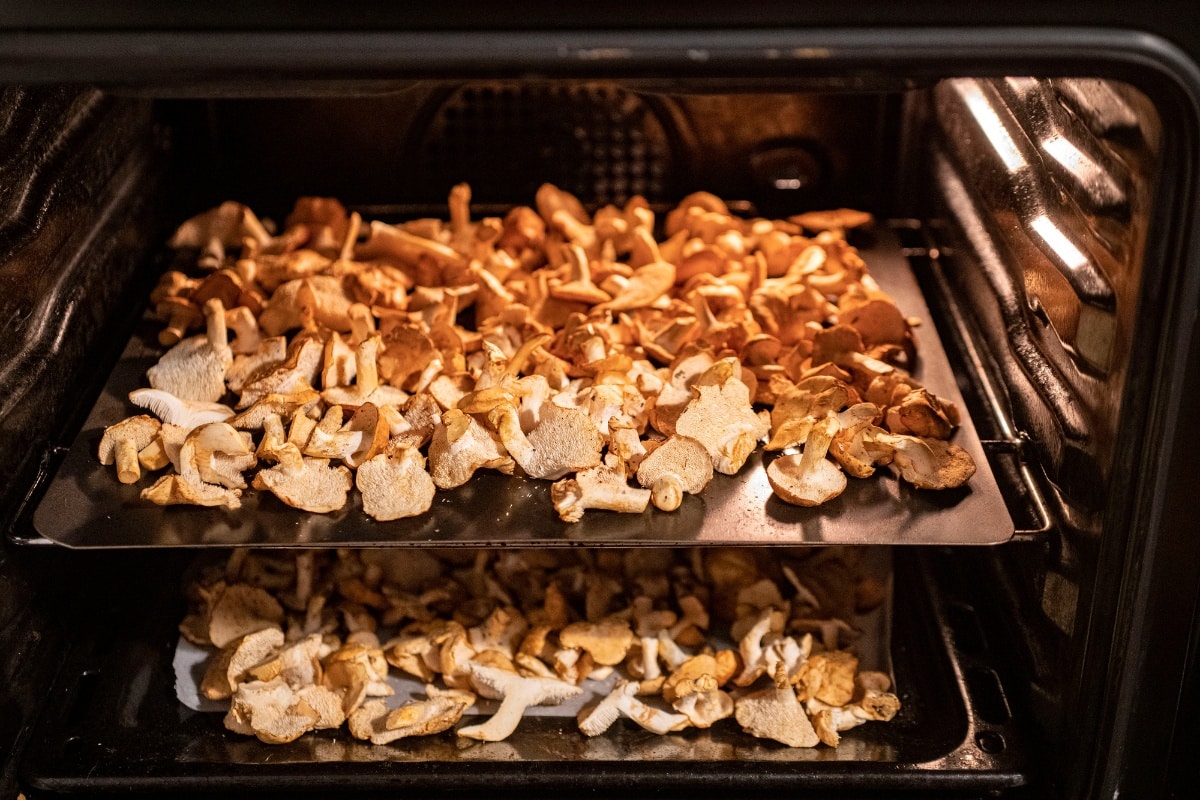
How To Clean Hedgehog Mushrooms
Hedgehog mushrooms range from being extremely dirty to requiring almost no cleaning at all. It all depends on the forest debris where you found them. Those found in conifer forests tend to have needles stuck in their caps, which can be frustrating to remove.
You should start cleaning these mushrooms right in the forest to reduce your work at home. Cut away each mushroom’s dirty base before placing it in your basket. The best way is to trim the base in a V-shape to save as much edible flesh as you can. A soft brush is a great way to get rid of surface dirt – take one with you while foraging to clean the mushrooms right away.
Always check for bug damage, too. You can usually see how bad they are in the field. Look at the stem where you cut it — a lot of bug holes in the stem often indicate a cap full of bug holes and probably larvae. This isn’t harmful but will change the taste and texture of the mushroom, usually not for the better. If you suspect bug damage, cut the mushrooms in half to check the flesh.

After cleaning, check each mushroom for discoloration or soft spots. You can cut off the most noticeable bits in the field or wait until you get home. Soft spots are a sign of insect damage or decomposition.
A great way to get rid of stubborn dirt stuck in the flesh is by gently scraping the spot with a paring knife. A toothbrush is also great for scrubbing some of the dirt off. Usually, with hedgehogs, once the surface dirt is cleaned off, it’s best to go at them with a paring knife and cut and scrape any really stuck-on debris.
While you’re washing the mushrooms, you’ll notice that debris tends to get stuck in the teeth under the cap. You can wash the teeth the same way as the rest of the mushroom, or just scrub them off. They have no culinary value, and leaving them on the mushroom doesn’t amount to anything.
The teeth will usually come off easily with a little scraping. Many times, they fall off on their own during the cleaning process. We always remove the teeth because they can be the cause of bitterness in older specimens. And, we recommend removing the teeth under running water because they get everywhere when they’re dry!
Some cooks prefer to leave the teeth for texture, while others opt for a smoother appearance since the teeth look like little coconut flakes in any dish! It really is up to personal preferences. If you decide to remove them entirely, another great method is to press the teeth flat with your thumb and wipe them off.
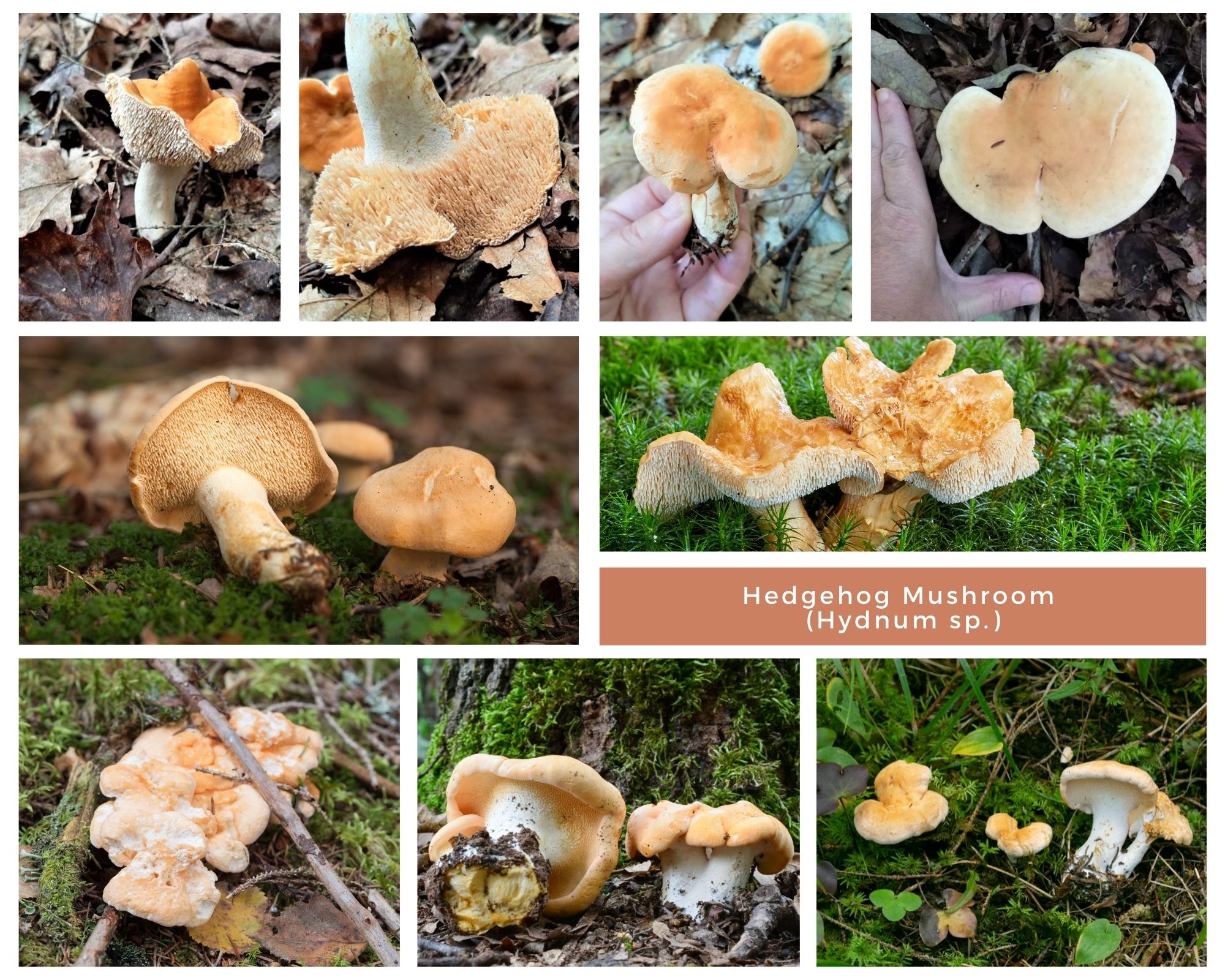
To Soak or Not To Soak
The question of whether to soak the mushrooms or not sparks so much debate with every species, and it’s no different with hedgehog mushrooms. It’s not ideal to soak these mushrooms because they will absorb a lot of water, but sometimes you have no choice. If you can, dip them in water or wash them under running water instead of soaking.
If you plan to dry sauté your mushrooms, soaking is not a concern. And, if you must soak the mushrooms to get rid of dirt or bugs, it’s probably best to dry sauté them as the cooking method. Or, lay the mushrooms out on towels to dry for a few hours before using in a recipe.
Step-by-Step Cleaning of Hedgehog Mushroom
- Cut off the base of the stem (usually has dirt stuck on it)
- Use a mushroom brush or a toothbrush to clean off surface dirt.
- Cut or scrape off more stuck-on dirt or debris with a paring knife.
- Optional: Put the mushrooms under running water and rinse them well. You can use your hands to rub off any stubborn dirt or debris and the spines.
- Scrub off the spines, if desired.
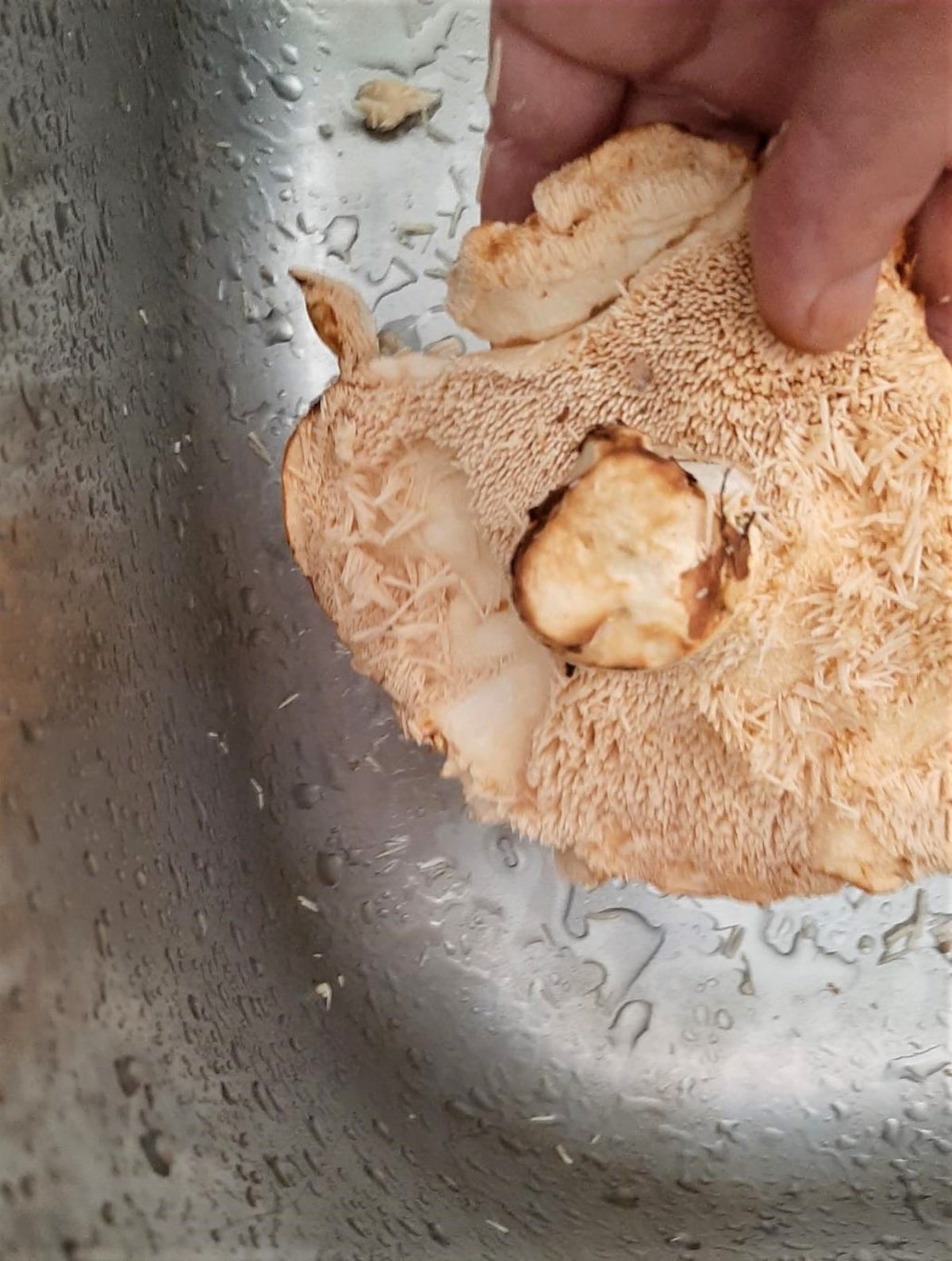
Cooking Methods For Hedgehog Mushrooms
These mushrooms keep their shape and have a meaty texture. Cooking makes them less brittle. The heat softens the mushrooms, giving them a tender and juicy quality. The mushroom tissue absorbs liquids well and assumes the flavors of added ingredients.
Hedgehog stems are just as tasty and thick as the caps, so keep them if you can. However, if they are extremely dirty, difficult to clean, or break off during cleaning, you should discard them.
Many hedgehog mushroom species turn bitter with age. They are delicious and sweet when they’re young, but maturity brings out their bitterness. It’s a good idea to check the taste of every mushroom you forage, just in case there’s an older one in there that’s turned or starting to turn bitter.
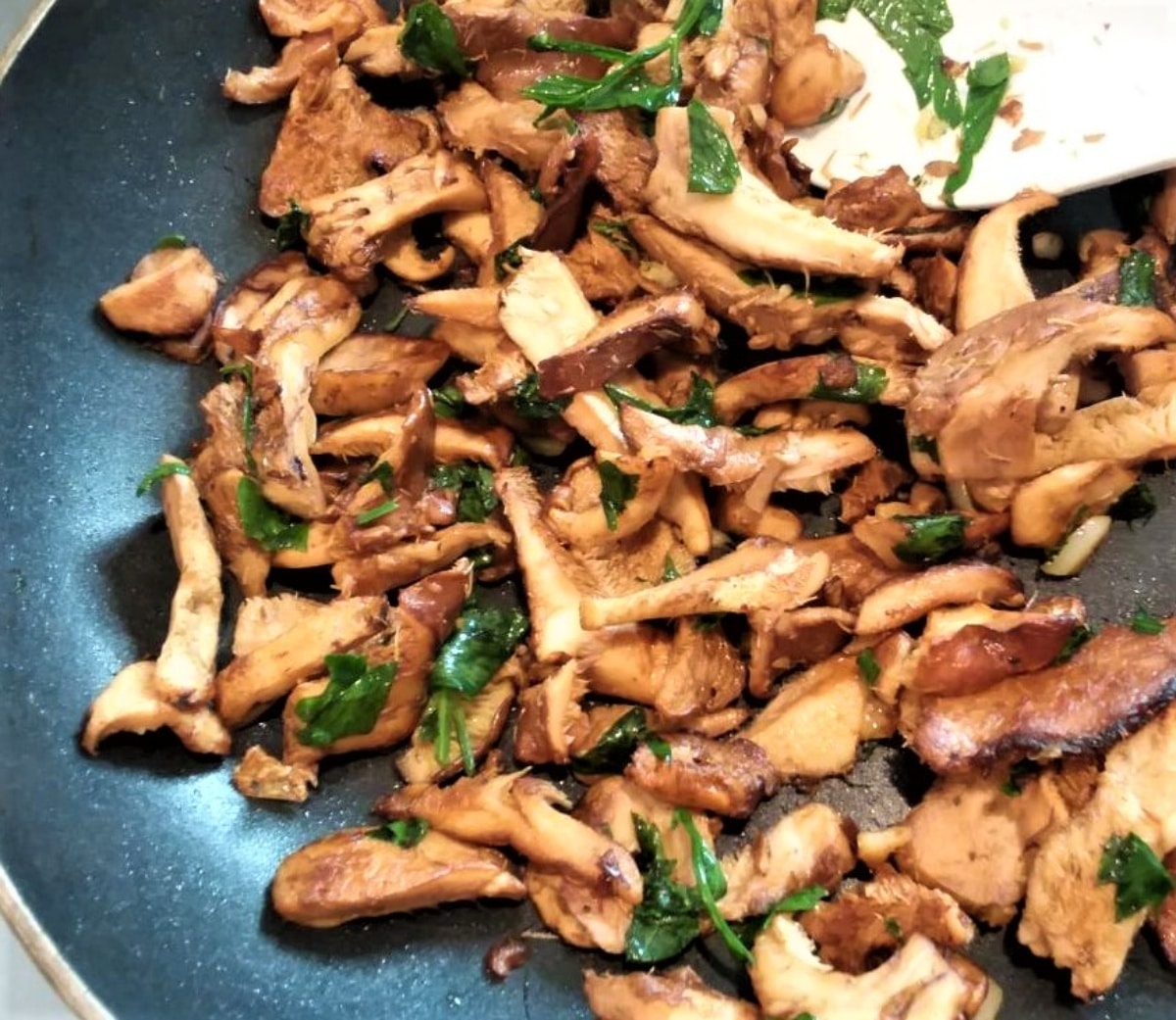
The bitterness does not always go away with cooking, so these should be discarded. There are reports that the bitterness can be reduced if the mushrooms are parboiled first. However, it’s unclear whether this method works with every hedgehog species or just some.
Hedgehog mushrooms are best cooked simply so their flavors can be fully appreciated. A simple sauté with butter and herbs is fabulous. They work great in many recipes because they’re so dense and meaty when cooked, but they easily get lost in stews and other ingredient-heavy dishes.
Dry Sauté
Dry sautéing is the cooking of something in a dry pan before adding any oil or other fats. The dry sauté naturally releases the mushrooms’ excess moisture. Once most of the moisture is evaporated, add the oil and seasonings.
Place clean, dry mushrooms in a hot skillet over medium heat without oil or butter. Arrange the mushrooms in a single layer for quicker and better results. This vital first step lets the mushrooms release their natural moisture. The liquid should evaporate completely.
After the mushrooms release their moisture, add a combination of butter and oil into the pan. The oil helps prevent the butter from burning and makes sure the cooking temperature stays even. At this point, you can also add garlic, salt, and fresh herbs or other seasonings if you want. When they are tender with rich golden-brown edges, they’re done.
Roasting
Roasting is an excellent way to prepare hedgehog mushrooms. This will give them a crispy exterior while staying meaty inside. First, set your oven to 375°F. Lay the mushrooms out in a single layer on a lightly oiled baking pan.
Let them roast for 10 minutes, then flip over and cook for an additional 5 minutes, or until you achieve your desired crispiness. Feel free to add seasonings like garlic, herbs, or salt and pepper before roasting or after.
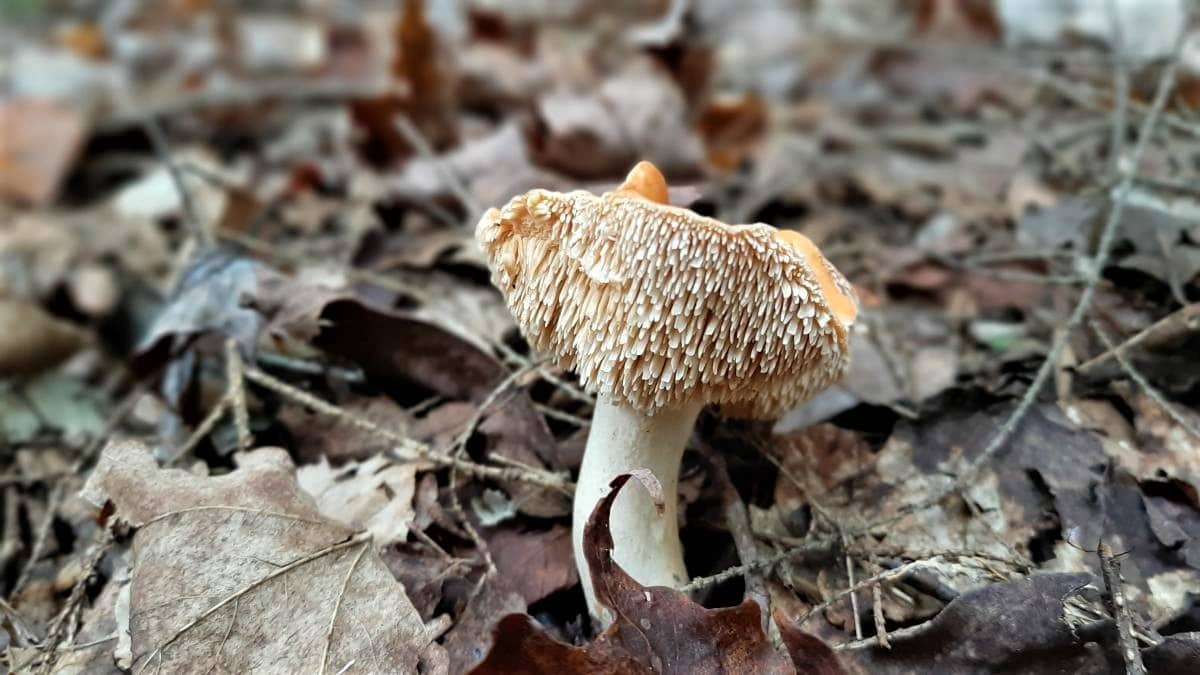
Our Favorite Hedgehog Mushroom Recipes
- Sauteed Hedgehog Mushrooms
- Hedgehog Mushroom Pasta
- Hedgehog Mushroom Soup
- Sauteed Polenta with Hedgehog Mushrooms
- Pickled Hedgehogs
- Vegetarian Pickled Herring/Hedgehogs and Vegetables/Scalloped Hedgehogs
- Hedgehog and Chanterelle Wild Mushroom Frittata
- Hedgehog Mushroom, Leek, Cheddar & Rosemary Tart
- Hedgehog Mushroom and Onion Tart
- Kernza Salad with Butternuts and Hedgehog Mushrooms
- Hedgehog Mushroom Tortellini/Wild Hedgehog Mushroom and Butternut Squash Empaῆadas/Wild Hedgehog Mushroom Risotto
- Manicotti Pasta with Hedgehog Mushrooms and Sugar Snap Peas
- Hedgehog Mushroom, Green Garlic, Pistachio Relish
Common Questions About Preparing Hedgehog Mushrooms
What’s the best way to clean hedgehog mushrooms?
It’s best to begin cleaning in the forest when you forage them. Trim off the dirty base off the stem. Use a soft brush to remove the surface dirt and debris. For stubborn dirt, gently scrape with a paring knife.
Are hedgehog mushrooms safe to eat?
Yes, hedgehog mushrooms are both safe and delicious. They’re one of the few wild mushrooms with no dangerous lookalikes. They have a wonderful combination of nutty and sweet flavors. And, their firm, meaty texture makes them versatile in recipes.
How long can hedgehog mushrooms be stored?
When stored properly, fresh hedgehog mushrooms can last up to two weeks in the refrigerator. Keep them in a paper bag in the vegetable crisper. For longer storage, you can freeze them or dehydrate them.

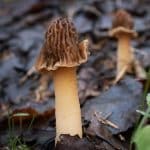
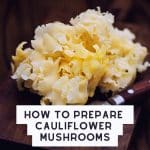
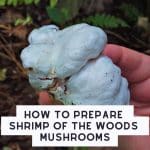
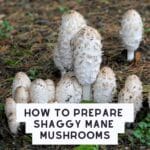
Leave a Reply